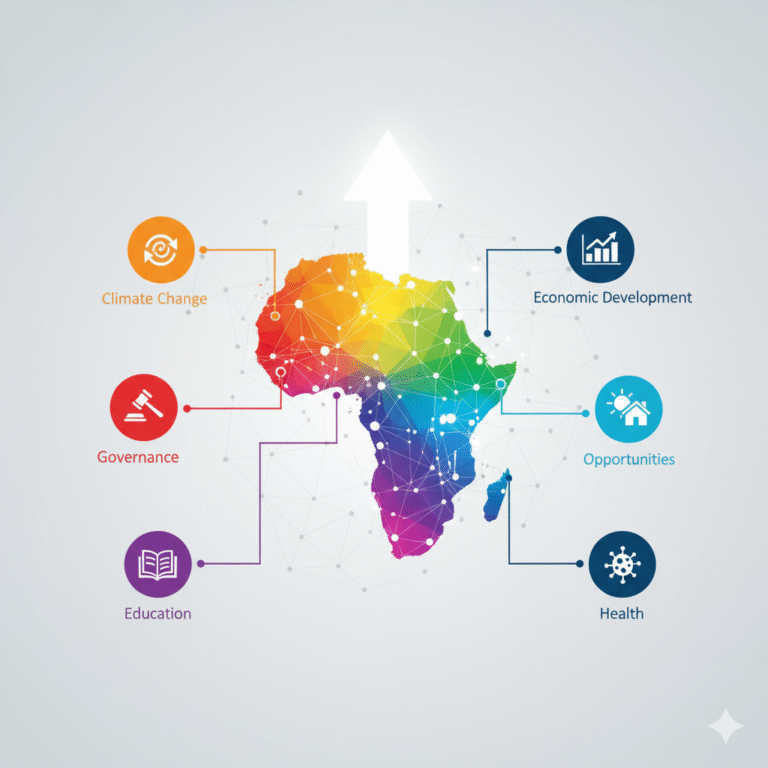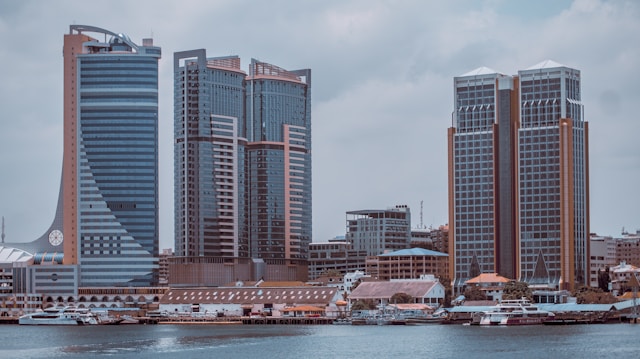The current conversation around international development in Africa has shifted from a paradigm of external assistance to one of locally led development (LLD) and self-reliance. This evolution, while not without its challenges, reflects a growing consensus that sustainable progress must be driven by African institutions, governments, civil society, and businesses. Similar to the policy shifts in the United States, this trend is a response to both the limitations of traditional aid models and a desire to assert African agency in shaping the continent’s future.
The journey toward locally led development in Africa has a rich history, predating many Western policy initiatives. In the immediate post-independence era, many African nations pursued ambitious state-led development projects. However, the 1980s saw a shift towards externally imposed Structural Adjustment Programs, which centralized decision-making in foreign capitals and multilateral institutions. This era, widely critiqued for its devastating social and economic impacts, highlighted the dangers of a supply-driven approach to development.
In response, a new wave of African-led frameworks emerged. The creation of the African Union (AU) in 2002, replacing the Organisation of African Unity (OAU), signaled a renewed commitment to continental integration and self-determination. The AU’s Agenda 2063, a 50-year strategic framework, explicitly outlines a vision for an integrated, prosperous, and peaceful Africa driven by its own citizens. This agenda and its flagship projects, such as the African Continental Free Trade Area (AfCFTA), embody the core principles of LLD, emphasizing local ownership and collective action over external direction. Key institutions like the African Development Bank (AfDB) have also played a crucial role in providing financing and technical expertise to African governments and private sectors, further solidifying this shift toward an African-led development model.
A Disrupted Development Landscape
Today, the momentum toward locally led development is colliding with a disrupted global environment. The recent significant cuts and restructuring of foreign aid by traditional donors, particularly the United States, have created widespread uncertainty. For Africa, these cuts have been particularly jarring. Historically, a substantial portion of U.S. aid has funded critical health, humanitarian, and food security programs on the continent. The abrupt withdrawal of these funds threatens to reverse decades of progress, leading to potential increases in poverty, disease, and political instability.
This disruption, however, has also been a catalyst, reinforcing the need for financial and policy independence. It has laid bare the inherent vulnerabilities of a development model heavily reliant on external aid, often revealing its neocolonial underpinnings where resources are more about the donor’s priorities than the recipient’s needs. From this perspective, the cuts, while painful, can be seen as an opportunity for African nations to accelerate their pivot toward self-sufficiency.
Pathways Forward for LLD in Africa
As African nations navigate this new landscape, several pathways are emerging to advance locally led development.
- Mobilizing Domestic Resources: The most fundamental shift is a focus on Domestic Resource Mobilization (DRM). African leaders are increasingly prioritizing self-financing by strengthening tax systems, curbing illicit financial flows, and strategically leveraging vast national resources. Initiatives like the AU’s 0.2% levy on eligible imports are a prime example of this commitment to predictable, sustainable, and equitable financing.
- The Rise of South-South Cooperation: African countries are strengthening partnerships with other nations in the Global South. This South-South cooperation is often based on mutual respect, non-interference, and shared learning, providing an alternative to the conditionalities of traditional North-South aid. Examples range from Chinese investments in infrastructure to knowledge-sharing on agricultural techniques with Brazil and India.
- Leveraging African Capital Markets: Efforts are underway to tap into Africa’s own financial resources, including pension funds and diaspora bonds. This approach aims to channel capital from within the continent to fund critical infrastructure and development projects, reducing reliance on external debt and speculative foreign direct investment.
- A New Role for External Partners: Even as the continent embraces self-reliance, there is still a vital role for external partners. Instead of being “implementers” or “donors,” they can transition to being facilitators and enablers. This new relationship would be based on “demand-driven” partnerships where Northern organizations and governments support African-defined priorities, rather than imposing their own. This could include providing technical assistance to strengthen African financial institutions or co-investing in projects designed and led by local stakeholders.
The concept of “Africa for Africa” is gaining traction, with leaders and citizens alike recognizing that the continent’s future must be defined and funded from within. While the path is complex, the recent disruptions have underscored a powerful truth: true self-reliance is about building a new framework for global solidarity rooted in African ownership and leadership.







